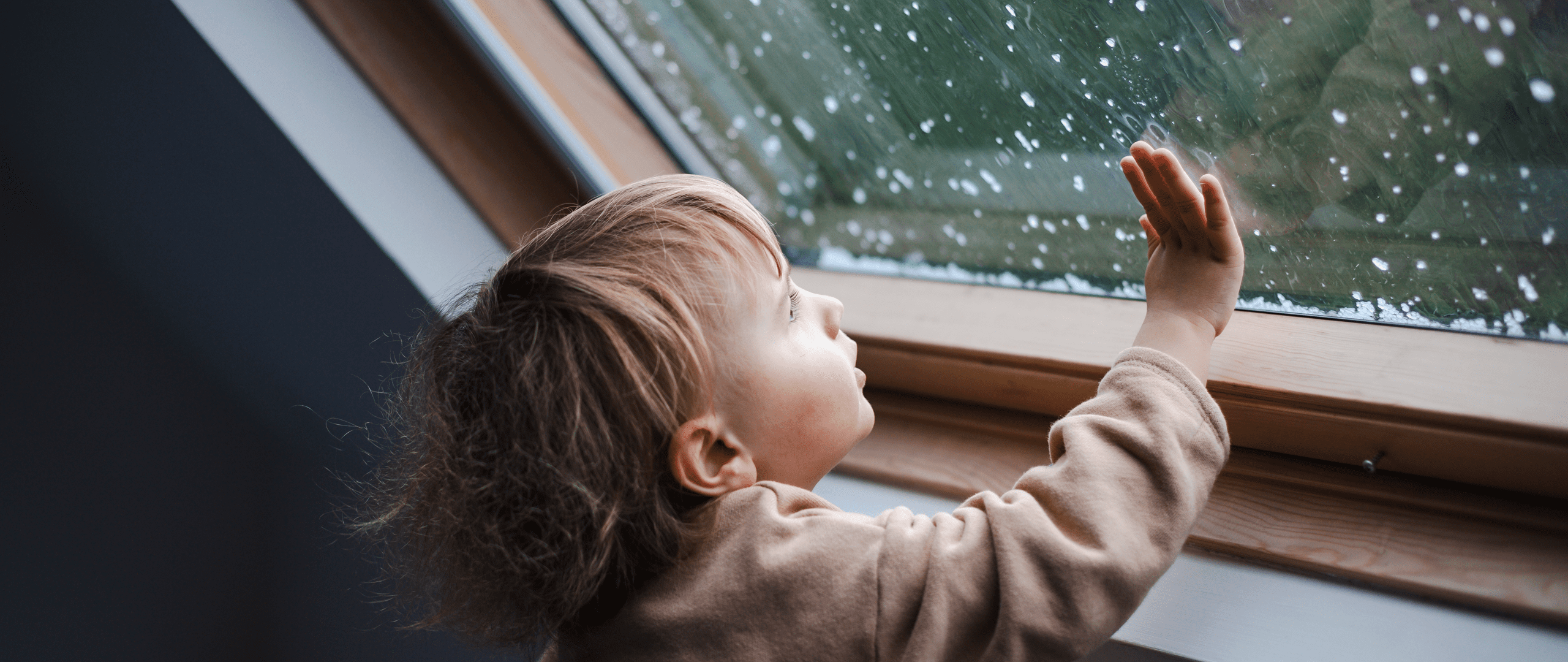Seasonal Skylight Maintenance Tips for Homeowners

Skylights are a wonderful way to bring natural light into your home, but they do require a little bit of regular maintenance to stay in great condition. Fortunately, the Solatube team is here to point you in the right direction! By following these maintenance tips, you can ensure your skylights will remain functional and attractive for years.
Spring: Inspect and Clean After Winter
Spring is the ideal time to address any damage or grime your skylights may have accumulated during the harsh winter months. Follow these steps:
- Check for Damage: Winter can leave skylights vulnerable to damage from snow, ice, or falling debris. Inspect the glass for cracks, chips, or other signs of wear. Also, examine the surrounding seals and flashing to ensure they are intact and watertight.
- Clean the Glass: Spring is the perfect time for a thorough cleaning. Use a non-abrasive glass cleaner and a soft cloth or sponge to remove dirt, grime, and any lingering winter residue. Avoid harsh chemicals that can damage the glass or its protective coatings.
- Remove Debris: Check the exterior of the skylight and clear away any debris, such as leaves or twigs, that might have accumulated around it. This will prevent blockages and ensure proper drainage.
- Test Ventilation: If your skylight opens, test its hinges and latches to ensure smooth operation. Apply a lubricant to any moving parts if necessary.
Summer: Shield from Heat and Sun
While summer offers long days and plenty of sunshine, it can also bring excessive heat and UV exposure to your home. In some regions, it can also bring bouts of heavy rain. Here are some helpful tips to maintain your skylight during summer:
- Inspect for Leaks: Summer storms can bring heavy rain and high winds. Check for any leaks or signs of water damage around the skylight. If you notice any issues, address them promptly to avoid further problems.
- Check Insulation: Ensure there are no issues with the skylight’s insulation. This will help to prevent cool air from escaping and maintain a comfortable indoor temperature and reduce energy costs.
- Keep It Clear: Trim any overhanging tree branches that could drop debris onto the skylight or block sunlight. Doing so will also reduce the risk of damage from falling limbs during summer storms.
Fall: Prepare for Cooler Weather
Autumn is a time to prepare your skylights for the colder months ahead. Taking proactive steps like these can save you from winter maintenance headaches:
- Clean Gutters and Surroundings: Falling leaves can clog gutters and drainage systems around your skylights, increasing the risk of leaks. Make sure your gutters are clear and free-flowing.
- Check Weather Seals: Inspect the seals around the skylight for signs of wear or gaps. Reapply weatherproofing caulk if needed to keep drafts and moisture out during the colder months.
- Inspect for Cracks: Temperature fluctuations in fall can exacerbate small cracks or weaknesses in skylights. Repair any minor damage to prevent it from worsening during winter.
- Test Heating Efficiency: If your home relies on natural sunlight to supplement heating, ensure that your skylights are clean and free of obstructions. This allows you to make the most of the sun’s warmth during shorter days.
Winter: Protect Against Snow and Ice
Winter can be the most challenging season for skylight maintenance, with snow, ice, and cold temperatures all posing potential risks. Here’s how to maintain your skylights during the winter months:
- Remove Snow Safely: Heavy snow accumulation can strain skylights and increase the risk of leaks or breakage. Use a soft broom or roof rake to gently clear snow from the surface. Avoid using sharp tools that could scratch or crack the glass.
- Prevent Ice Dams: Ice dams can form around skylights, trapping water that can seep into your home. Ensure proper roof insulation and ventilation to minimize this risk.
- Watch for Condensation: Condensation can build up on skylights during winter due to temperature differences between indoors and outdoors. Use a dehumidifier or improve ventilation to reduce moisture levels in your home.
- Inspect After Storms: After any severe winter storm, check your skylights for damage, such as cracks, broken seals, or leaks. Address any issues immediately to prevent further damage.
